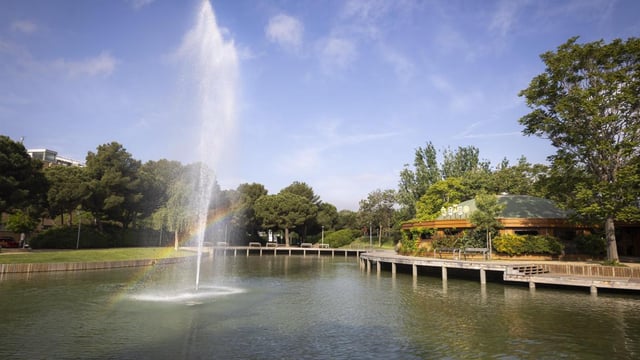Overview
- ICARIA climate models predict a 1.7–3.7°C average temperature rise in the Barcelona metropolitan area by 2100, with worst-case scenarios reaching 4.5°C.
- Extreme heat days (above 30°C) are expected to increase by 70–83 annually, while days above 35°C will rise by at least 20.5 per year.
- Tropical nights (>20°C) will grow by 74 annually, torrid nights (>25°C) by 47.2, and 'infernales' nights (>30°C) will appear with some frequency.
- Heat waves are projected to increase by four additional events annually, lasting up to 10.4 days each, exacerbating heat-related risks.
- To protect vulnerable populations, the AMB has expanded its climate shelter network to 244 sites (+31%), serving 80.5% of residents and 82.5% of the most at-risk individuals, with 58 more shelters planned in 2025.



